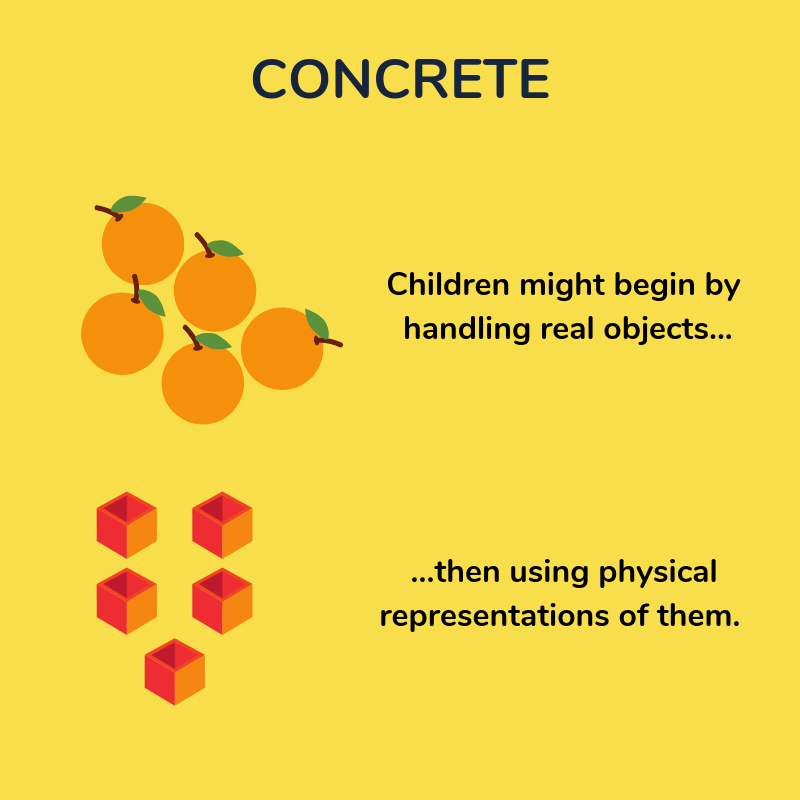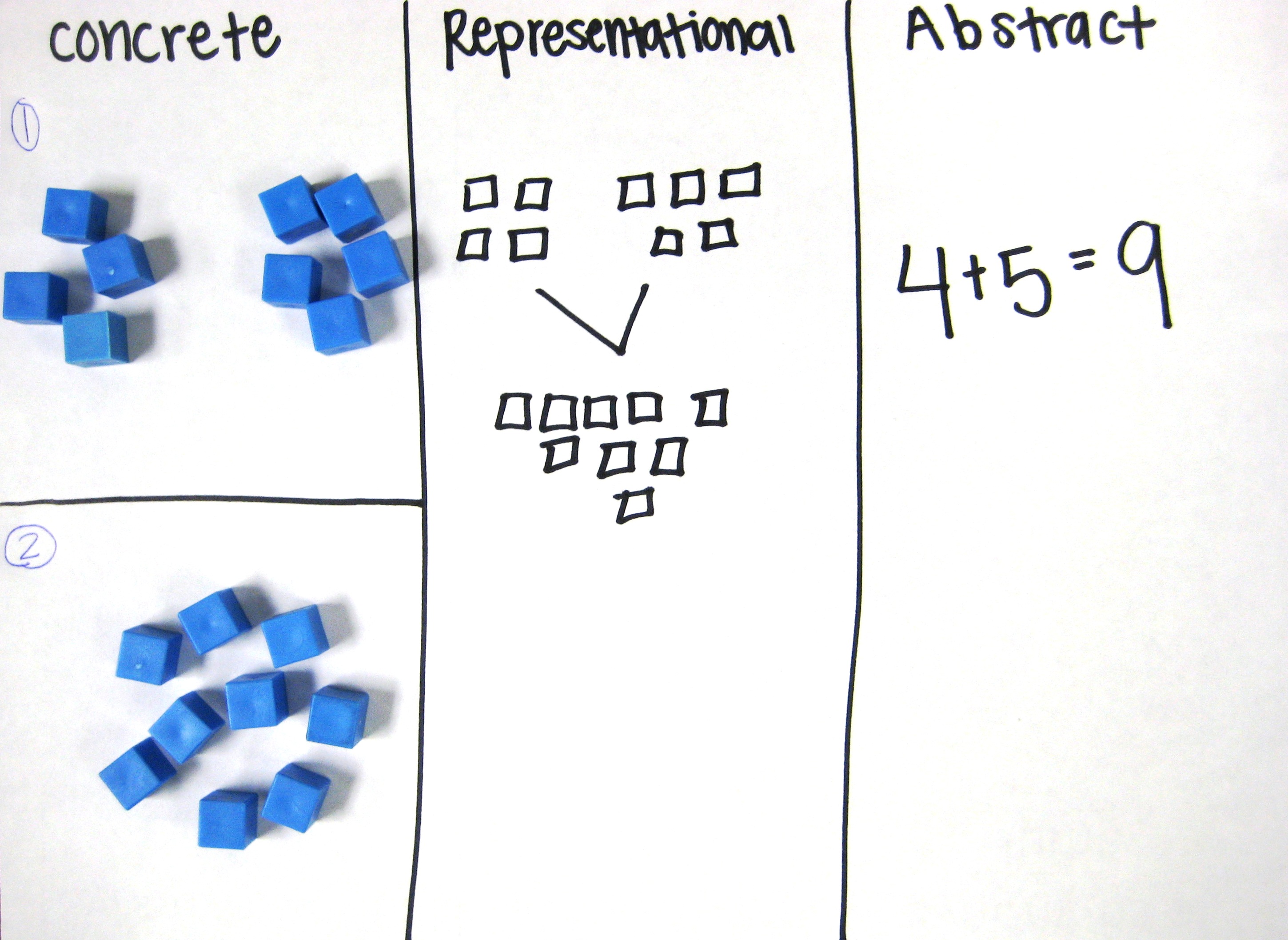Developing the use of visual representations in the primary school 6 2. The research on visual representations (a) The importance of visual representations Research has highlighted the importance of visual representations both for teachers and pupils in their teaching and learning of mathematics. Visual Math Improves Math Performance Mathematics educators have long known that engaging students in visual representations of mathematics is extremely helpful for their learning.
- Visual Representations In Primary Maths Past
- Visual Representation Definition
- Visual Representation Of Numbers
- Visual Representations In Primary Maths Grade 8
by Ho Siew Yin
Seeing is believing, or so the saying goes. We depend on our sight for many things in life – using a map to find our way, using a picture to aid recognition, or using diagrams to better describe what our words fail to communicate. In the math classroom, sometimes the solution to a problem is right before our eyes.
- Why is visualization important in mathematics?
- What are the factors that influence students’ choice of problem-solving method?
- How does visualization help students in mathematical problem solving?
Inasmuch as the ability to solve problems is at the heart of mathematics, visualization is at the heart of mathematical problem solving.
Visualization is the ability to see and understand a problem situation. Visualizing a situation or an object involves “mentally manipulating various alternatives for solving a problem related to a situation or object without benefit of concrete manipulatives” (MOE, 2001, p. 51).
Visualization can be a powerful cognitive tool in problem solving. In the revised Primary Mathematics syllabus (MOE, 2007), it is highlighted as an important skill “essential in the learning and application of mathematics” (p. 13).
This ability to reason visually is increasingly important in the information age. Thus, the role that visualization plays in students’ mathematical thinking and problem-solving experiences has become more significant.
A recent study by Dr Ho Siew Yin attempted to provide insights into the use of visualization in mathematical problem solving among primary school students.
She asked 50 Primary 5 and Primary 6 students to solve word problems with a high degree of visuality and difficulty. Here is an example of such a word problem:
A man plants seedlings along a straight path.
He plants a seedling every 4 cm along a path.
The length of the path is 60 cm.
How many seedlings, at most, can he plant?
This problem is typical of what students would face in the PSLE exam. The students were asked to solve six such problems in an interview setting. Siew Yin documented five processes and seven roles of visualization in their problem solving.
Siew Yin noted that the students went through the following processes when solving the math problems:
- Understanding the spatial relations of the elements in the problem
- Connecting to a previously solved problem
- Constructing a visual representation (in the mind, on paper, or through the use of technological tools)
- Using the visual representation to solve the problem
- Encoding the answer to the problem

As part of the problem-solving process, the students would construct visual representations, often in the form of diagrams drawn on paper.
However, Siew Yin also noted that a number of students in the study were creating visual representations that were not helpful to them. Diezmann (2000) describes three types of unusable diagrams:
- where the diagram is too small to represent all the relevant information in the problem;
- where the diagram is too untidy for the problem-solver to see the elements of the problem clearly; and
- where there is insufficient space around the diagram to extend it.
Presmeg (1986) defined a visual method as one that involves a visual image, with or without a diagram, as an essential part of the method of solution. A non-visual method, on the other hand, doesn’t rely on a visual image.
Visual Representations In Primary Maths Past
Siew Yin found that students’ use of a visual method in their problem solving was influenced by two factors: (1) the novelty of the problem, and (2) students’ perception of their teacher’s problem-solving preference.
It appeared that students preferred to use visual methods for novel problems and non-visual methods for familiar ones.
For non-novel problems, the students have an adequate knowledge base as well as problem-solving experience. Because they are able to identify the relevant knowledge to apply, a non-visual method is considered a more efficient method to solve the problem. In addition, they are able to apply the same method to solve all problems of a similar type.
For novel problems, however, a visual method is more fruitful as the visual representation helps students to understand the spatial relations of the elements in the problem.

Some students were observed using methods which they perceived as their teacher’s problem-solving preferred method. Hao Wei, for example, felt that his teacher viewed drawing diagrams as a waste of time, and thus used only non-visual methods to solve problems.
Unfortunately, students like Hao Wei are not always successful in problem solving as the non-visual method does not allow them to adequately understand the problem.
Visualization plays different functions or roles as students use it to solve problems. Siew Yin identified seven roles:
- To understand the problem
By representing the problem visually, students can understand how the elements in the problem relate to each other. - To simplify the problem
Visualization allows students to identify a simpler version of the problem, solving the problem and then formalizing the understanding of the given problem and identifying a method that works for all such problems. - To see connections to a related problem
This involves relating the given problem to previous problem-solving experiences. - To cater to individual learning styles
Each student has his or her own preference when it comes to the use of visual representations when solving problems. - As a substitute for computation
The answer to the problem can be obtained directly from the visual representation itself, without the need for computation. - As a tool to check the solution
The visual representation may be used to check for the reasonableness of the answer obtained. - To transform the problem into a mathematical form
Mathematical forms may be obtained from the visual representation to solve the problem.
To help students develop visualization skills, classroom teachers and designers of curriculum materials should first be mindful of the factors that influence students’ choice of problem-solving method, and of the processes and roles that visualization plays in mathematical problem solving.
Visual Representation Definition

Visual Representation Of Numbers
Siew Yin also recommends that teachers increase students’ awareness of the three types of unusable diagrams by illustrating the disadvantages of using such diagrams during problem solving.
If visualization is at the heart of mathematical problem solving, then it is vital that both teachers and students see the role of visualization clearly and use it to help them in their problem-solving process.
References
Diezmann, C. M. (2000). The difficulties students experience in generating diagrams for novel problems. In T. Nakahara & M. Koyama (Eds.), Proceedings of the 24th Conference of the International Group for the Psychology of Mathematics Education (Vol. 2, pp. 241-248). Hiroshima, Japan: PME.
Ho, S. Y. (2009). Visualization in primary school mathematics: Its roles and processes in mathematical problem solving. Unpublished doctoral dissertation, National Institute of Education, Nanyang Technological University, Singapore.
Visual Representations In Primary Maths Grade 8
Ministry of Education, Curriculum Planning and Development Division. (2001). Mathematics Syllabus. Singapore: Author.
Ministry of Education, Curriculum Planning and Development Division. (2007). Mathematics Syllabus Primary. Retrieved from the Singapore Ministry of Education website: https://www.moe.edu.sg/education/syllabuses/sciences/files/maths-primary-2007.pdf
Presmeg, N. C. (1986). Visualization in high school mathematics. For the Learning of Mathematics, 6(3), 42-46.
Further reading
Bishop, A. J. (1989). Review of research on visualization in mathematics education. Focus on Learning Problems in Mathematics, 11(1), 7-16.
Lowrie, T., & Kay, R. (2001). Relationship between visual and nonvisual solution methods and difficulty in elementary mathematics. Journal of Educational Research, 94(4), 248-255.
Presmeg, N. C. (2008). Spatial abilities research as a foundation for visualization in teaching and learning mathematics. In N. C. Presmeg & P. C. Clarkson (Eds.), Critical issues in mathematics education: Major contributions of Alan Bishop (pp. 83-95). New York: Springer.
About the author
This article was contributed by Ho Siew Yin, a Lecturer with the Mathematics and Mathematics Education Academic Group at the National Institute of Education, Singapore. The article is based on her doctoral research.
